by Alex Dueben
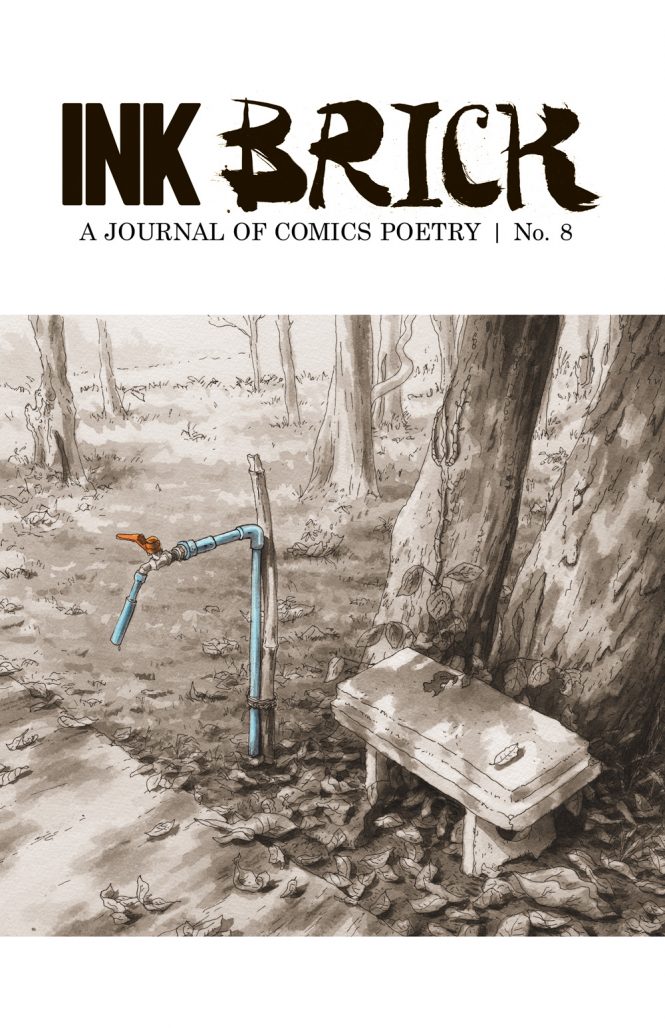
Alex Dueben: For people who don’t know, what is Ink Brick?
Alexey Sokolin: Ink Brick is a comics poetry journal that is released twice a year, that is published by our independent press (also called Ink Brick). We support the works of our contributors and other artists in the community at Inkbrick.com. We started the journal several years ago to create a space in the world for this new medium, and we try to bottle the magic of experimentation with each new issue.
Alex Rothman: Ink Brick is a small press dedicated to comics poetry—to providing practitioners with a forum and community, to contextualizing a form with which most readers will be unfamiliar, and to highlighting what’s possible in that form. Our focus is on a literary journal, also called Ink Brick, that appears twice yearly and that we build through open calls for submission. We also distribute projects by contributors and friends of the press, share work we find interesting through social media, and occasionally publish minis.
Dueben: What is comics poetry?
Sokolin: Comics poetry is a dance between the formal visual language of comics (panels, pages, composition, rendering) and the tool-set of the written language (words, letters, meaning, narrative). It is the space between two practices, which we believe creates a language of its own, and allows new terrain to be discovered. Comics poetry can lean to be very visual, abstraction in its treatment of perhaps time, composition or character. And it can also be closer to poetry, playing with symbolism, pacing and relationship. Or something completely melded together. One thing it is not, however, is an illustration of poetry. The combination of the two genres often alter or sabotage the meaning of the other, leading to unexpected discoveries.
Rothman: For me, comics poetry is quite simply a form that uses the visual language of comics to compose poetry. And I think of “poetry” as the form of writing that’s most purely concerned with language itself. Unless they want to, poets don’t have to worry about plots, characters, or arguments the way novelists, playwrights, or essayists generally can’t avoid. They’re uniquely free to play around with words.
I like to say that we’re asking, “What else can comics do?” We know that comics are a powerful tool for storytelling. But panel structures, thought balloons, lettering, gutters, the iconicity of cartooning, all the elements of the comics page—what other expressive potential can we draw from them? That’s a pretty broad definition, and we’re intentionally keeping things open. All things equal, I’d much rather see work that challenges and expands my understanding of the form.
Dueben: Alex, you wrote a manifesto of sorts in 2015 and there was a line in it that really jumped out at me: “art is an empathy engine.” I wonder if you could talk a little about that.
Sokolin: I’ll jump in on the concept. Famously, the filmmaker Chris Milk has called virtual reality “an empathy engine” as well. I think it boils down to the fact that humans are a tribal, social animal. One of the things that separates from the apes is technology, and in particular the technology of language. Scientists think that the invention of language helped humans build mental models that they could then share with others, and then record those models on different media for connection more broadly. Today, we have many languages — from analytical ones (Excel), to engineering ones (Python), to informal spoken ones (English), to emotional languages (Art). Art, whether in music, virtual reality, or poetry, helps us transfer emotional content to others, to infect them with feeling. Comics poetry is special in this regard because it can focus on this space in between, the space of not looking at something directly, but feeling its hum and mystery. How else can you describe nostalgia, or memory, or regret. Comics poetry allows us to see from the corner of our eye something that may be too embarrassing or crude to put into any other language. Elsewhere, it would shatter and break. But here, it can be universally translated.
Rothman: I mentioned above that I use broad definitions of “comics” and “poetry”—there are of course plenty of others. And one of my favorite ones is that a poem serves as a map to the poet’s thinking. It doesn’t just impart information to the reader; the act of reading actually recreates or walks one through another person’s thought process.
There’s obviously a lot of distance between individuals. We naturally have little sense of what other people are thinking, how they experience the world. And expressing ourselves is one of the few opportunities we have to try bridging that. For me, art’s most important function is helping us to inhabit other subjectivities—or really to translate them into our own.
Not to agree with or like others, necessarily, but to try to understand them. A lot of people hear a word like “empathy” and they think it means capitulation or weakness. That’s not the case at all. I think the election throws this into stark relief: our political system requires contestation of ideas, and it requires certain approaches to win out over others. But for argument to even be possible, we need some shared context, some agreement to basic terms. And we can see how things like cultural divides and confirmation bias are severely eroding that. Now, false equivalency is a real problem, too, and I’m not saying “both sides are wrong!” here. Just that when people inhabit fundamentally different realities, they have no productive options to resolve their differences.
Dueben: I’m curious what do you find the background of the people who submit to you are like? Are they artists who write? Are they poets who draw? Are there a lot of writer-artist teams?
Sokolin: Most of the submissions are from visual artists, and many of them are experimenting with abstracting their narratives by removing language altogether, or introducing playfulness and mystery into their work. Within the submissions, there is high variation in what makes the work good. Some works are impeccably rendered, but perhaps don’t reach far with the tools of language. Others could be resonant in the objects and phrases they put together, but look less polished. We try to separate some pearl of uniqueness in the works, because they all have something different to say. Though there certainly are works and spaces that people visit repeatedly–the idea of death, love, and the imagery of hands. We do have some poets that submit, and often their work really stands out. We have at times helped artists with composition and editing ideas as well.
Rothman: Most creators submit work that they both drew and wrote, but we do get teams fairly often, too. We’re also theoretically interested in pairing folks up, but we haven’t had occasion to do that yet.
One of the most exciting things about running this press is seeing that there are now too many people working in the form to easily summarize who they are. I initially thought I invented this form, and the first few colleagues I encountered mostly thought the same. (Not even close: I started experimenting with comics poetry around 2004, about 40 years after Joe Brainard and some of the New York School poets published their tragically obscure C: Comics anthologies. And depending on how you want to define things, you can find examples predating that, too.) But no one could make the same mistake now. Poetry magazine just started publishing this form. We get submissions from all over the world, from undergraduate students and award-winning cartoonists and people who scribble in notebooks and creative-writing professors.
Even over the few years we’ve been around, the growth is striking. I don’t know if you can quite call it an explosion, but it’s something like that. I initially worried we’d have to chase after usual suspects to fill out our issues, but instead people are just coming out in droves. It’s inspiring.
Dueben: Besides Ink Brick the magazine, Ink Brick the press has published minicomics. Do you plan to do more of that going forward?
Sokolin: Part of the mission of Ink Brick is to grow the community and give voice to beautiful work that pushes the medium forward, and the minicomics have allowed us to do this. At the moment, we are focused on the journal, but who knows given the right work.
Rothman: It’s a real dilemma. We try to keep comics in the journal short so that we can showcase as many creators as possible. But there are of course limitations to that approach. For one thing, this work tends to be less textually dense than other kinds of poetry—images take up a lot of space, and most rhythmic strategies, for instance, will require multiple pages to establish. So we want to do deeper dives with individual poet-cartoonists.
But filling that brief is expensive and time-consuming, with no guarantee of breaking even. Minis are more cost effective, but also more labor intensive, and there’s frankly no good distribution solution for them. (There are some great mini-comics distributors out there, but they’re generally catering to different readerships.)
We’ll keep publishing individual works when it makes sense for us and for the creators, but I try to be brutally honest with people about what’s realistic.
Dueben: I’m curious, what is your background as far as comics and art and poetry? What pushed you in this particular direction?
Sokolin: As a kid, I designed and built websites, and spent a lot of time drawing characters in pencil and ink. This turned me into a visual artist with a new media background, having experimented with the possibilities of the early web and interactions across media. I’ve been always intrigued by the idea of collaging within a composed environment. So for example: how can video live inside an abstract painting, or how can software code randomly generate elements of a landscape? With poetry comics, there are multiple levers that can be pushed against one another. I’ve done a comic composed entirely of 3D fractals, with the narrative suggests an escape from a Panopticon. Or alternately, I’ve used artificial intelligence software to create backgrounds for ink-rendered portraits that articulate very human concerns. So the idea that resonates with me is abstracting some element of the experience — the rendering, the language, the medium — and letting all the elements interact to create surprising outcomes. It’s a medium that can let you be extremely free in your approach, while also telling a lasting story to the reader.
Rothman: I’ve always read comics, and discovered poetry pretty young as well. I studied English as an undergrad, and wrote a creative thesis combining original poems and some translations from Ukrainian. I got to work with Jorie Graham as my adviser on that project, and I’d studied earlier with a brilliant poet named Katie Peterson. I’d actually hoped to write my thesis in comics, but I was a transfer student and for various bureaucratic reasons that wasn’t possible. I did take all the fine-arts courses I could, though.
Since graduating, I drifted pretty immediately toward the comics side of things, taking continuing-ed courses at SVA and getting involved in the NYC community, particularly the New York Comics & Picture-story Symposium. I’ve recently moved home to Philadelphia, and I’m hoping to reconnect with the poetry world here. From what I can tell, it’s really vibrant and welcoming. I’m not sure if I can point to anything that pushed me in the direction of this work; looking back it feels kind of inevitable.
Dueben: So you guys are launching a kickstarter. Tell me about the campaign and why now after you’ve been publishing for a few years was this a good time?
Rothman: We’ve arranged an exciting distribution deal that will take the journal to independent bookstores throughout the country. (This is in addition to a deal that’s had us in comics specialty stores for a while.) We’re celebrating the deal with a special issue featuring creators at the top of their form.
An important part of our mission has been to support the community of creators working in this form. Since we started the journal, we’ve intended for that to include fair compensation for work. That quickly became impossible for us to provide, though: where our first issue had 48 pages and four guest artists, we’re now up to 80 pages and over 25 contributors for each outing.
We publish these books at our own expense, and while our audience has steadily grown, it’s always a risky and expensive venture. As I’ve lately seen a bunch of people say, quoting James Romberger quoting Jack Kirby probably quoting Charles Schulz, “Comics will break your heart.”
As we expand, this campaign will help meet our goal of paying creators fairly for their work. It will hopefully also give help us build up a war chest to keep doing that, and give us some breathing room in general when it comes to production costs. And now’s a great time since we’ve spent the last couple years building up an audience, and we can use this event to rally everyone, remind them why what we’re doing is special, and get folks involved in the next stage of our growth.
Check out the Ink Brick Kickstarter!


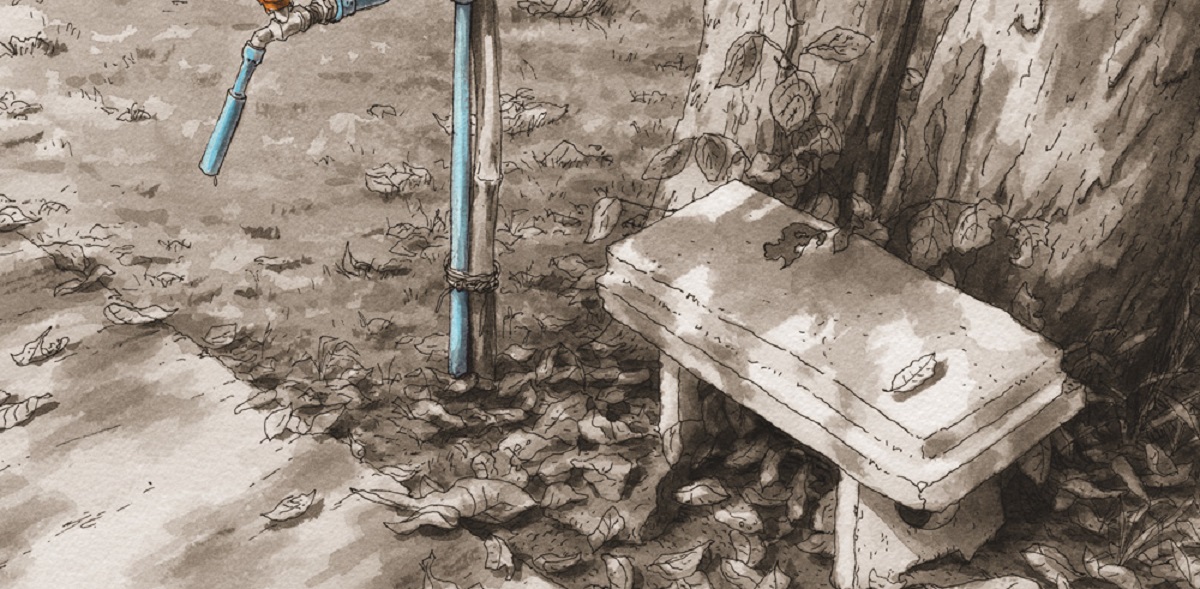
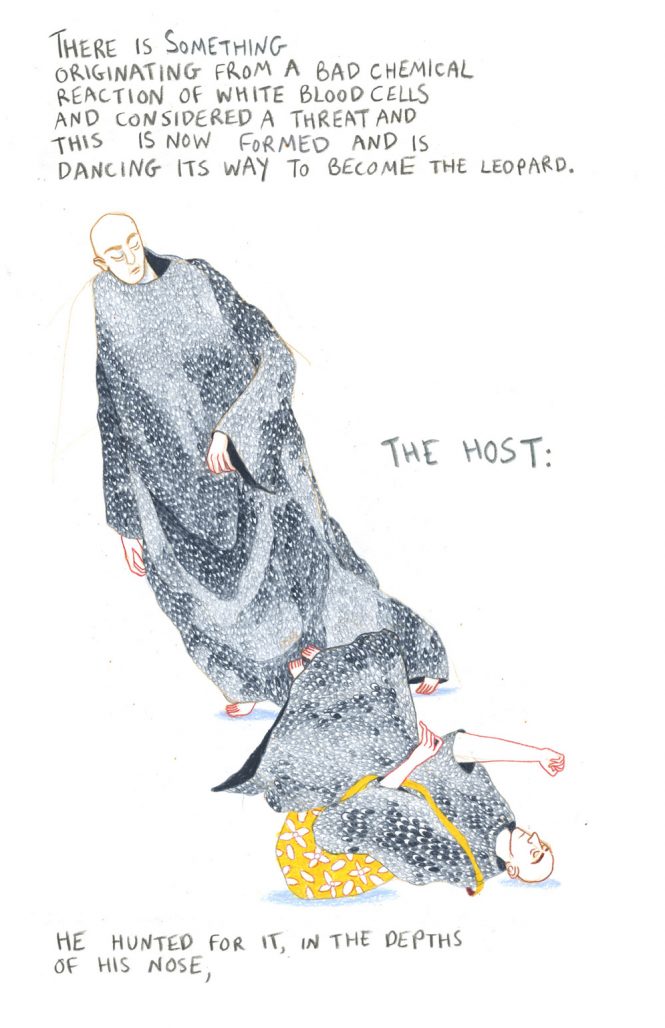
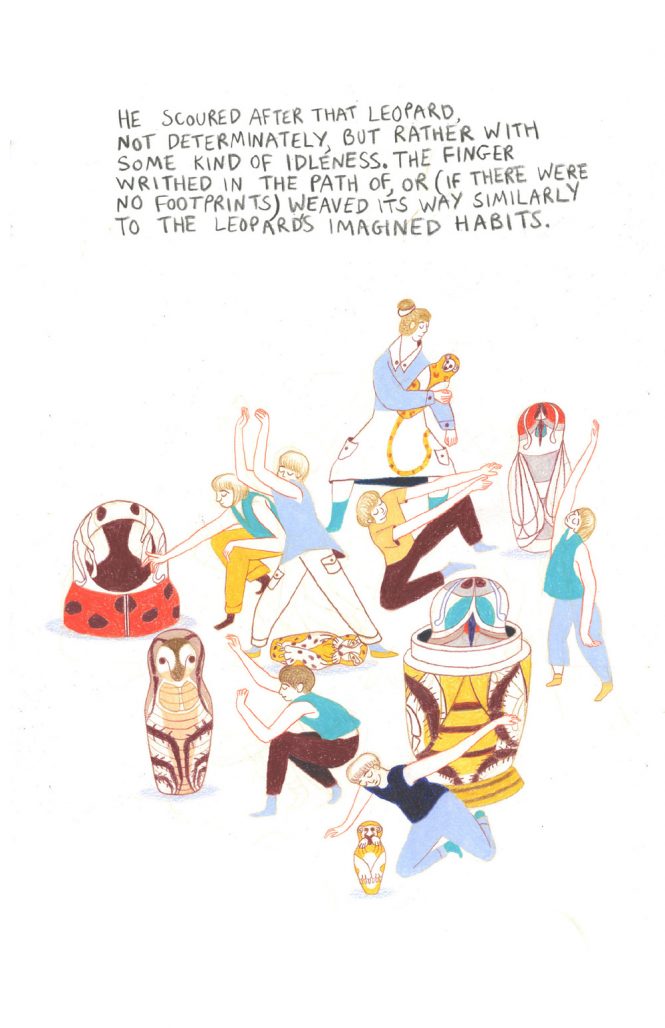
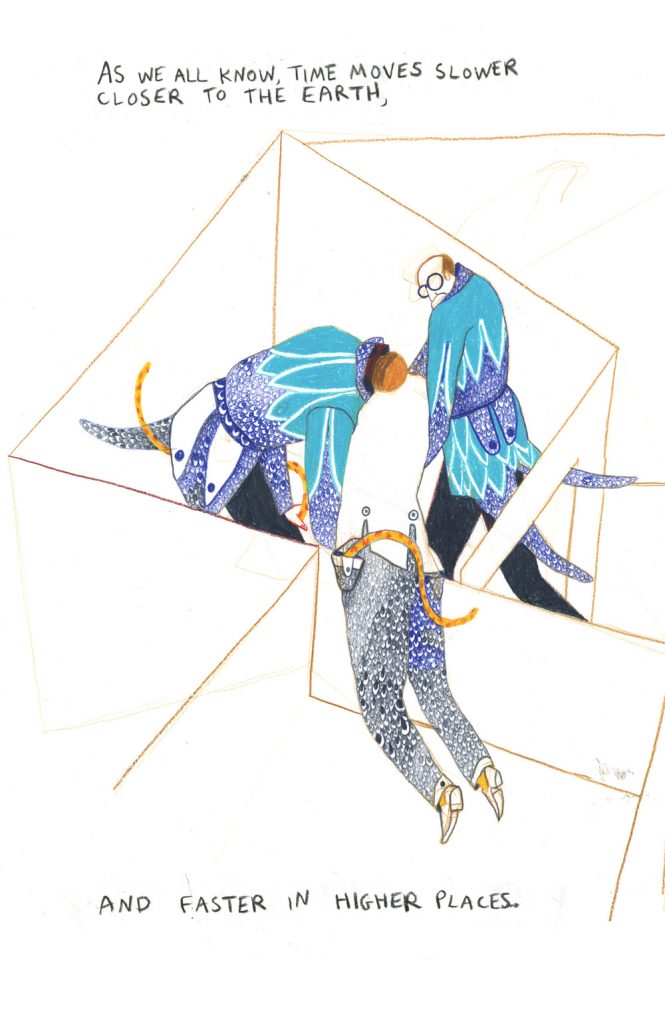
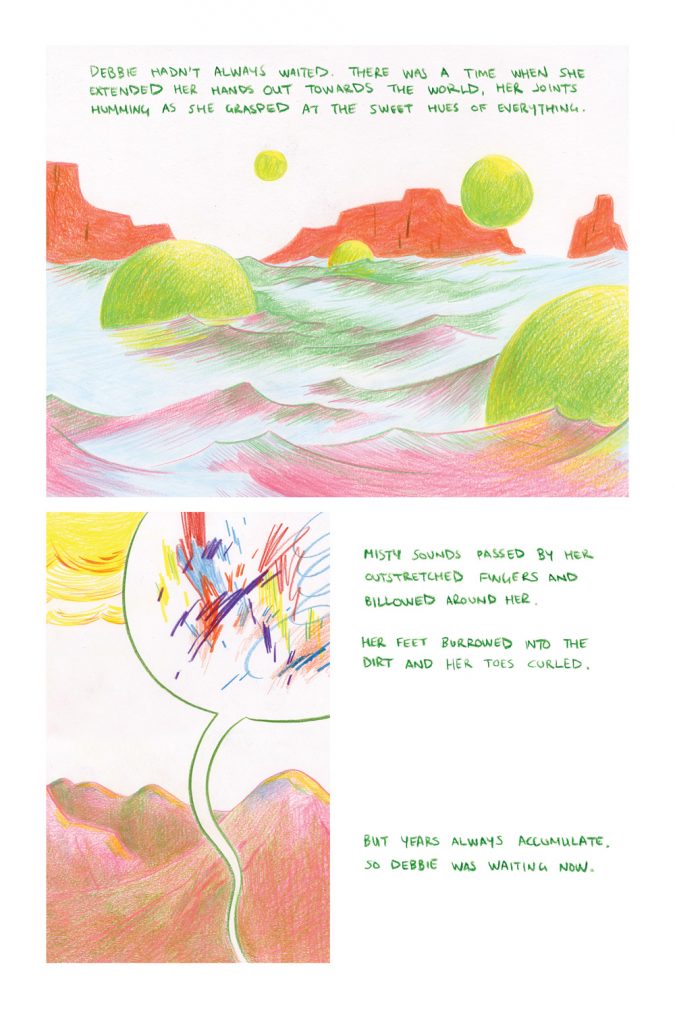
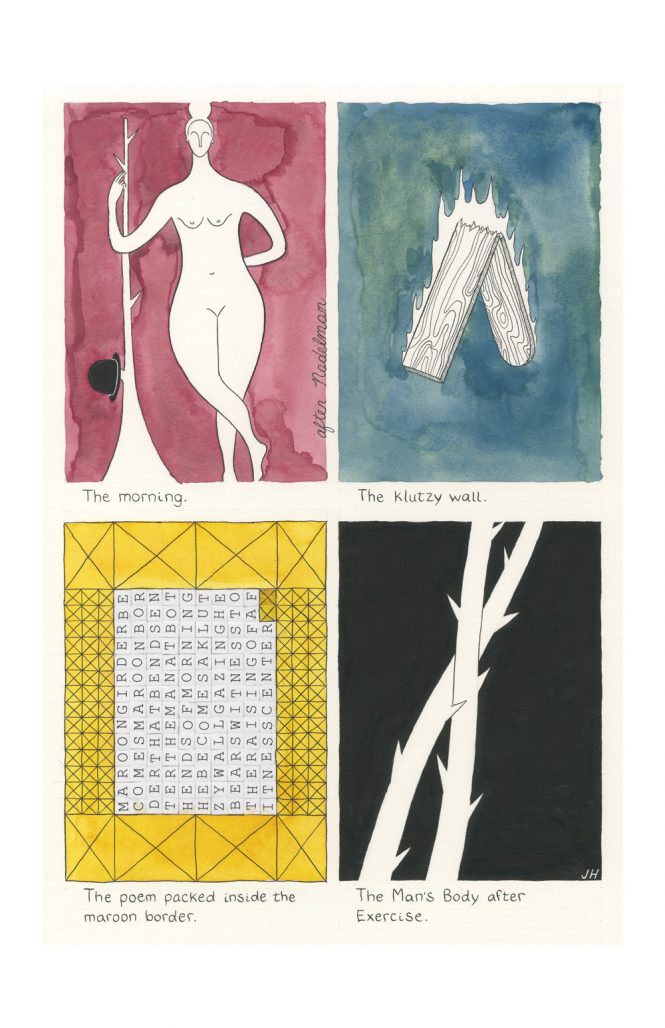
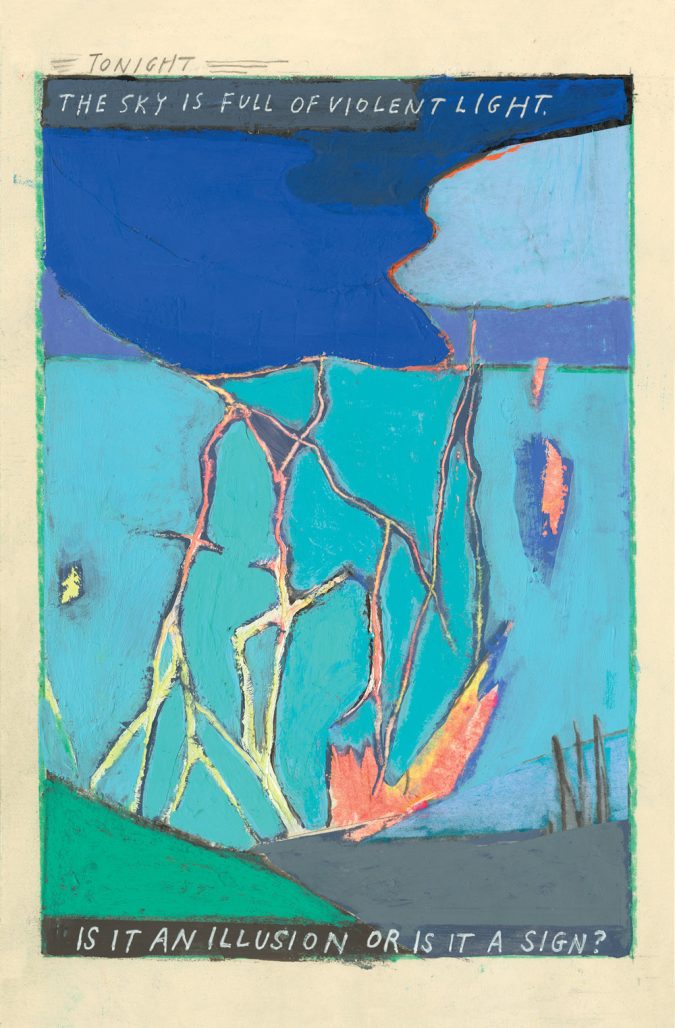
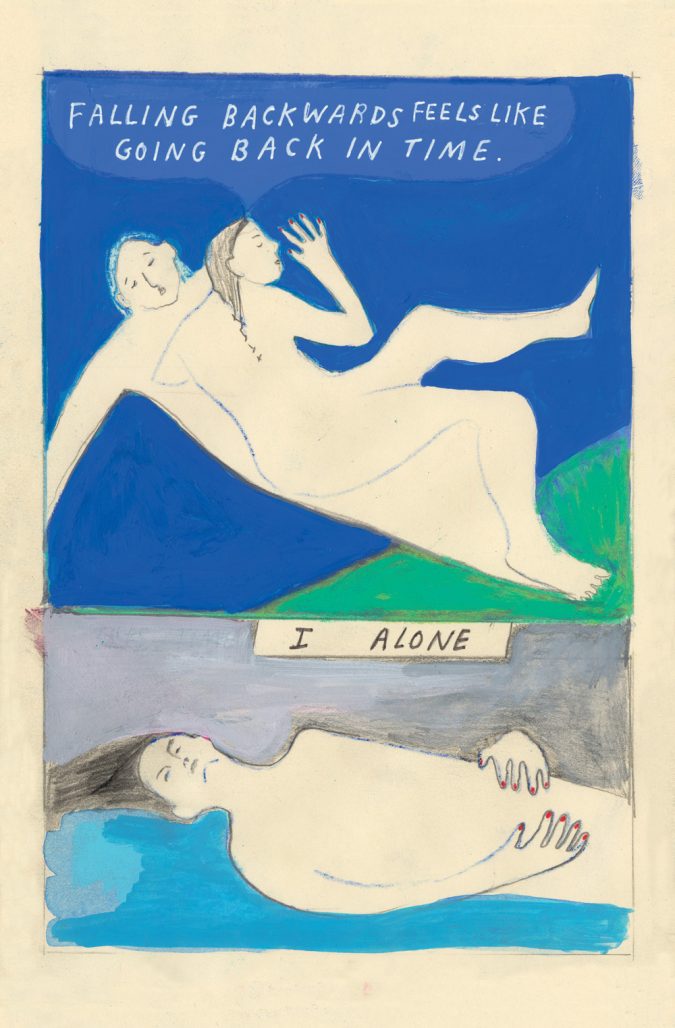



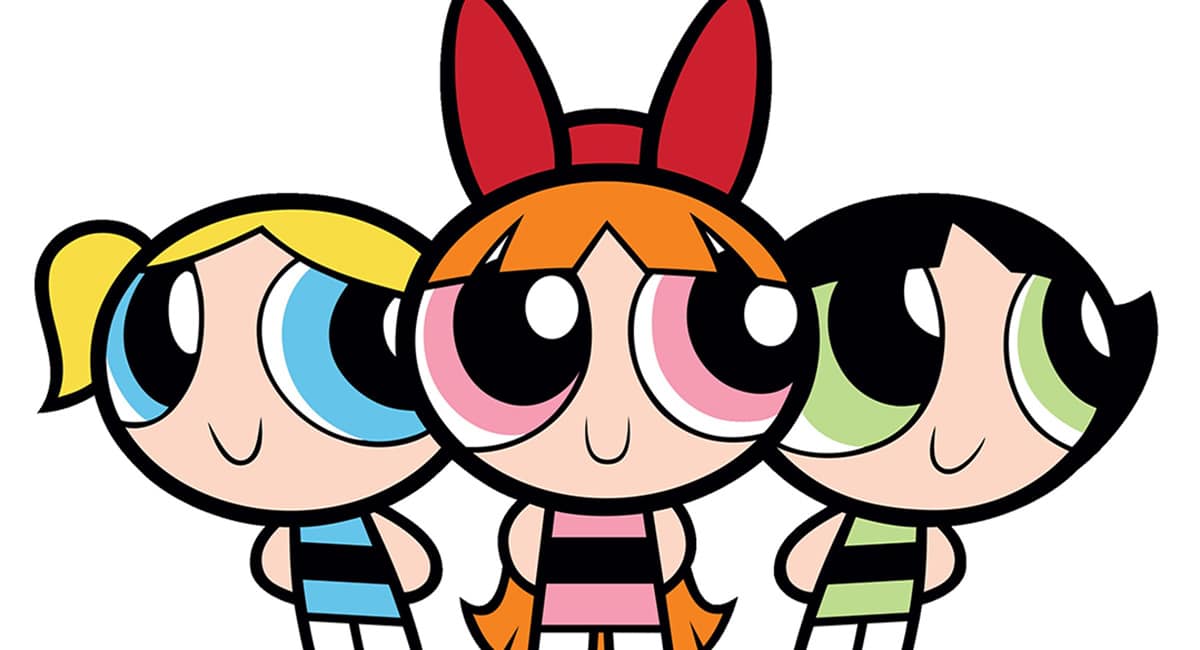

Comments are closed.